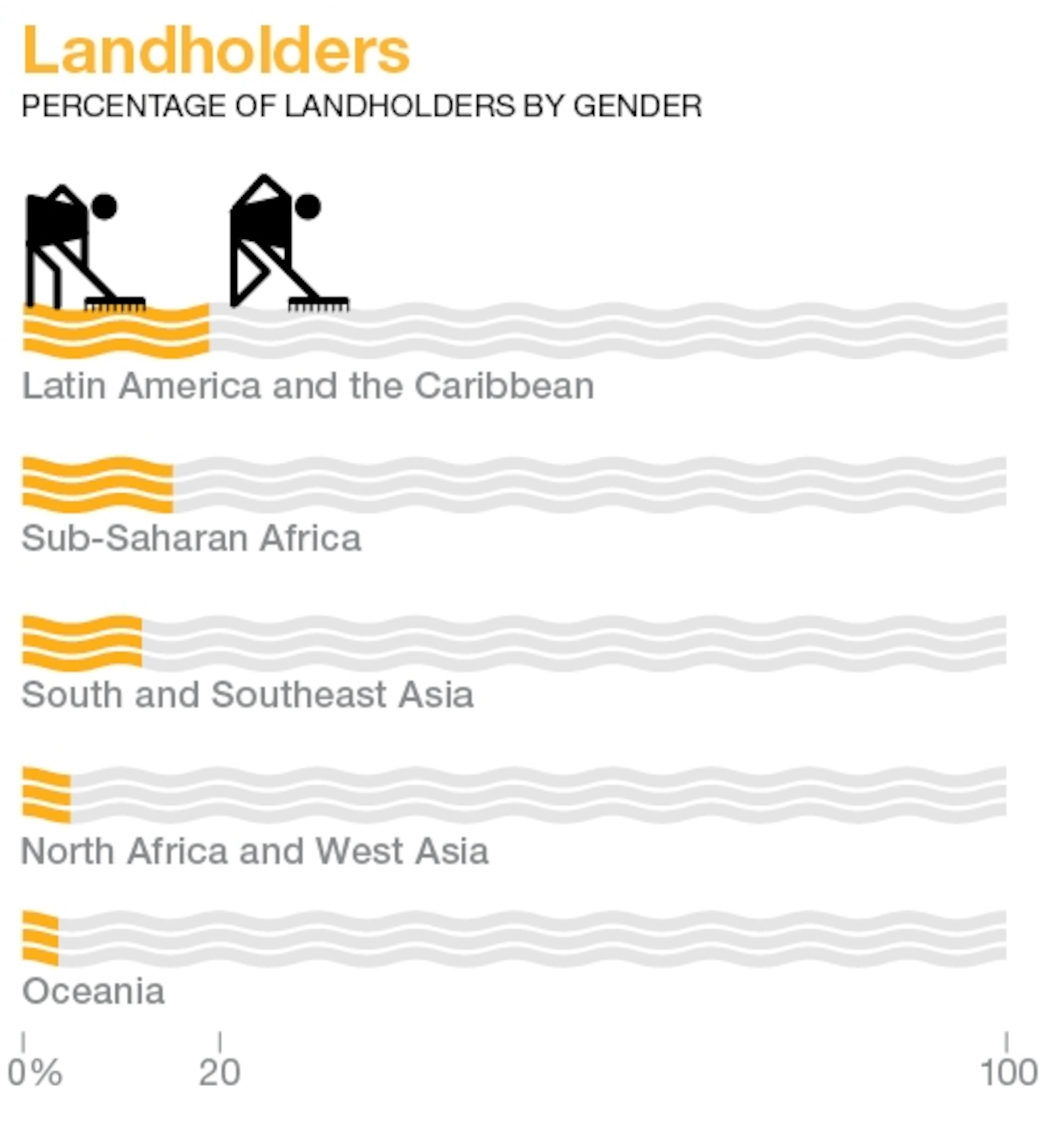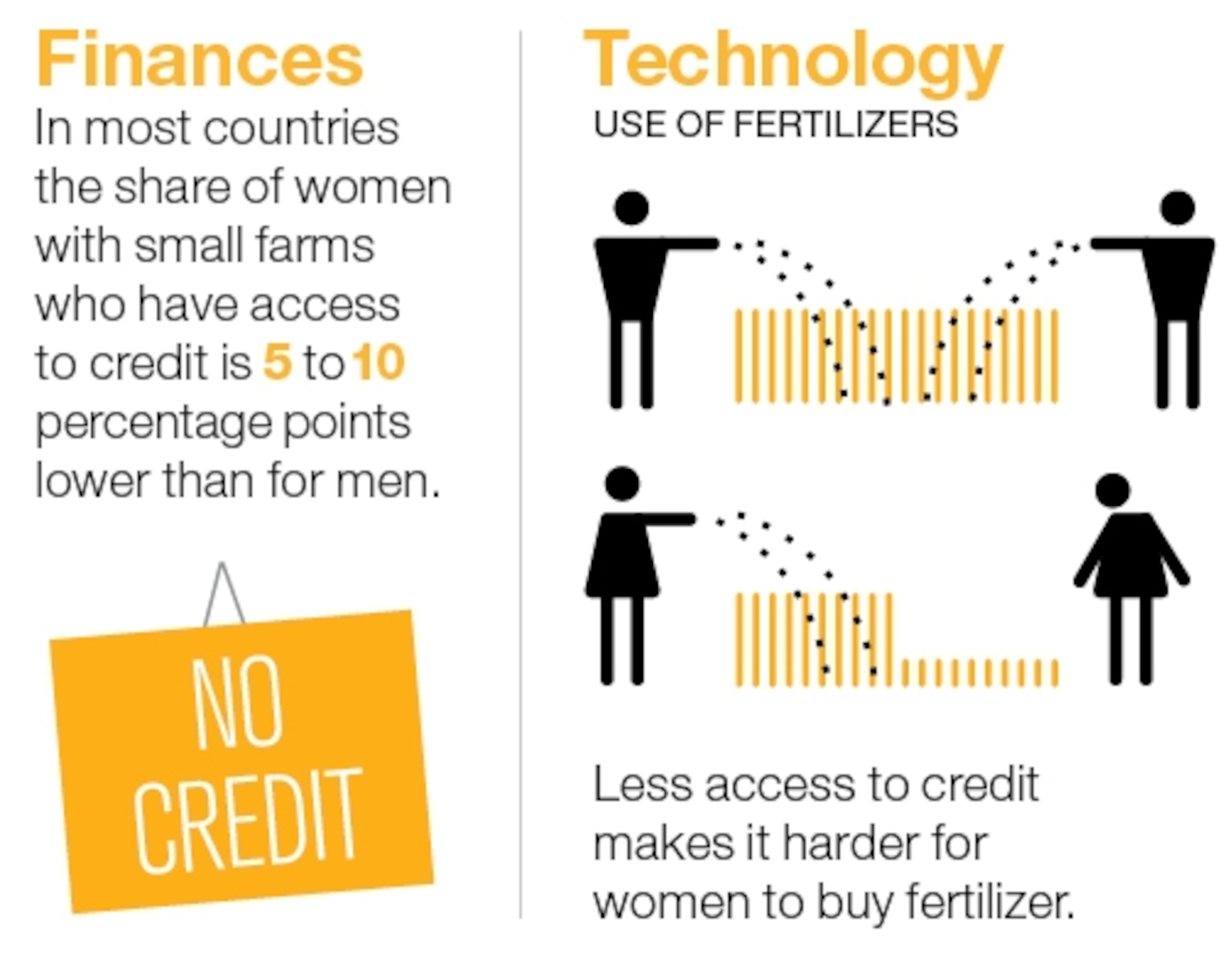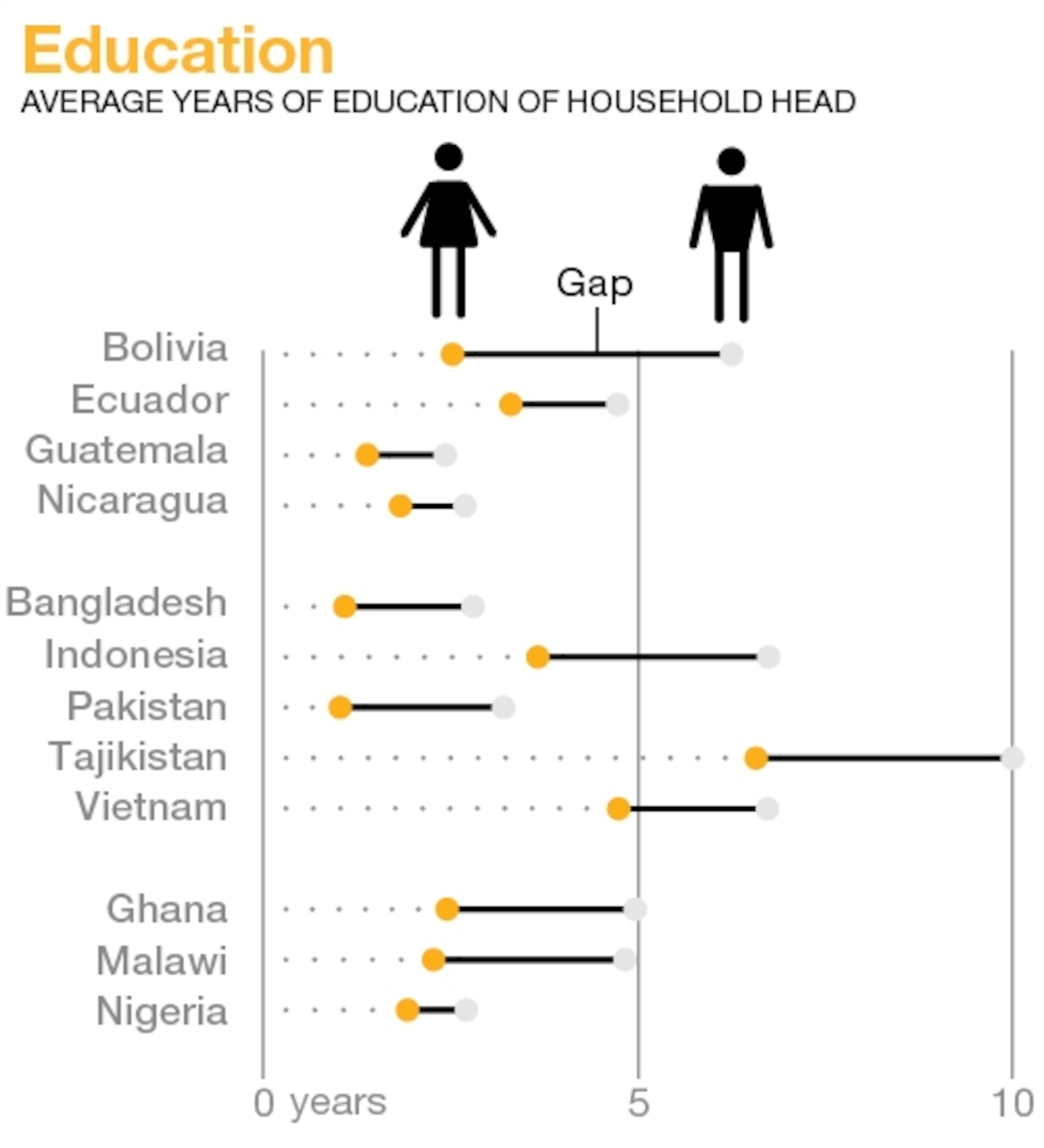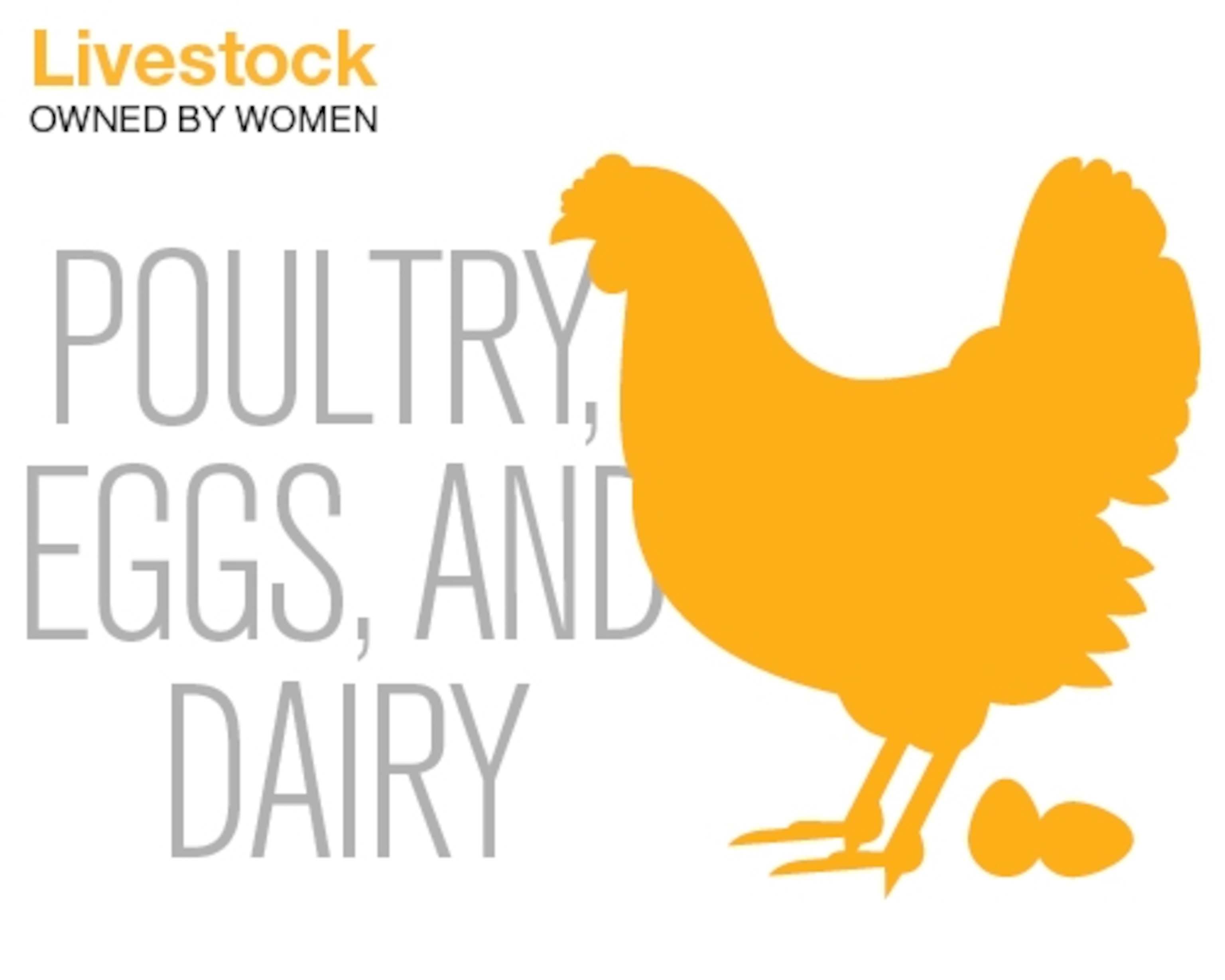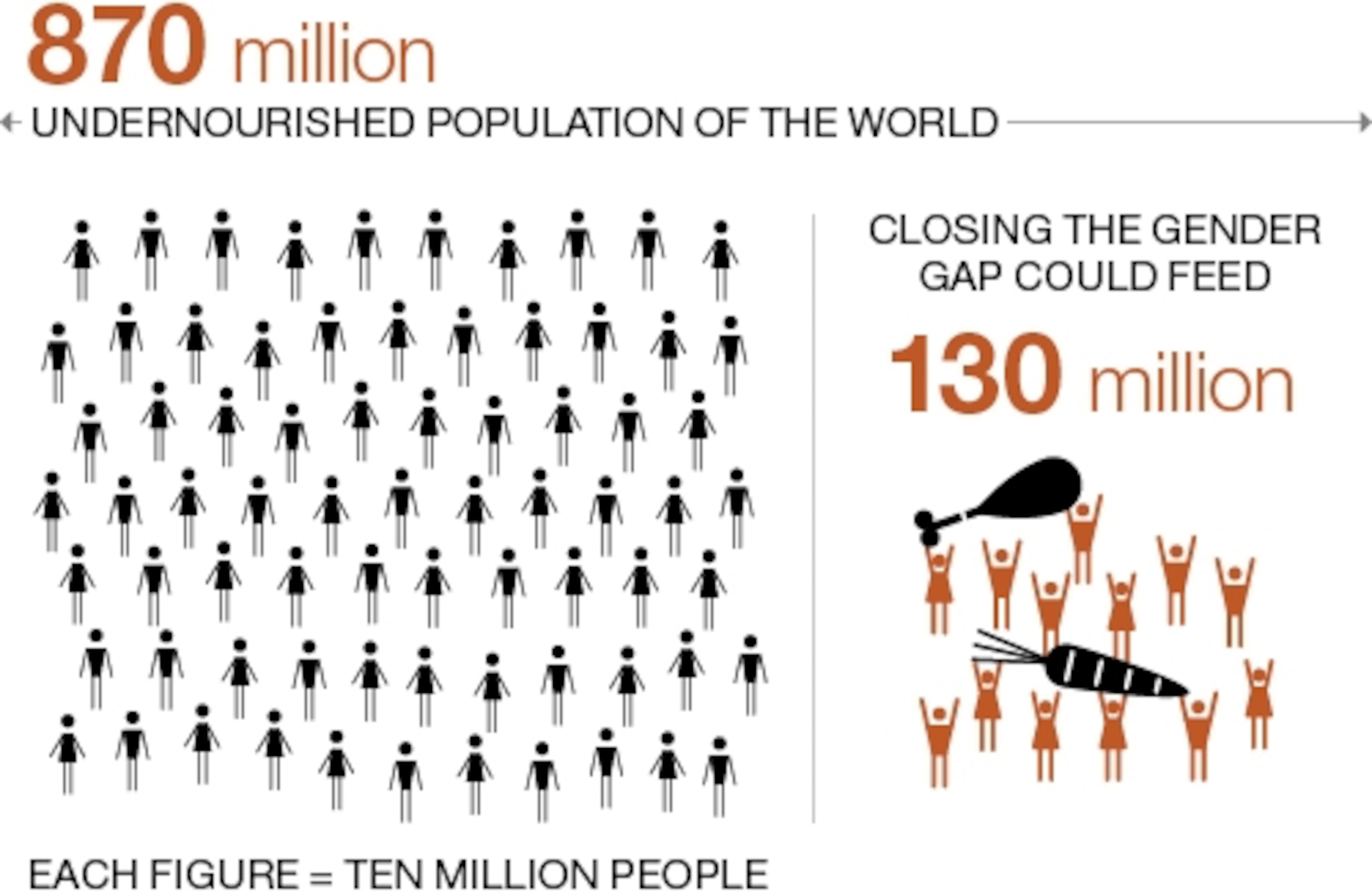International Women's Day 2014: Revealing the Gap Between Men and Women Farmers
On International Women's Day, addressing inequalities can feed millions.
Female farmers are 8 percent of the world’s population, men 11 percent. Women make up 20 percent of the agricultural labor force in Latin America and nearly 50 percent in East Asia and sub-Saharan Africa.
This Saturday the United Nations marks the 103rd International Women's Day, celebrated each year on March 8. This year's theme, Inspiring Change, spotlights the successes of women in achieving equal rights while calling attention to existing injustices.
Women still face significant inequality on our world's farms, especially in developing countries. Women are just as good at farming as men, says the UN Food and Agriculture Organization, but because they have less access to resources, they get much lower crop yields.
By 2050 the global population is expected to grow by 2.3 billion people; food demand could rise 60 percent. Closing the gender gap in farming would not only fight hunger, but also provide "positive secondary effects," says Anna Fälth of UN Women.
For example, "empowered women have healthier and better educated children," she says.

